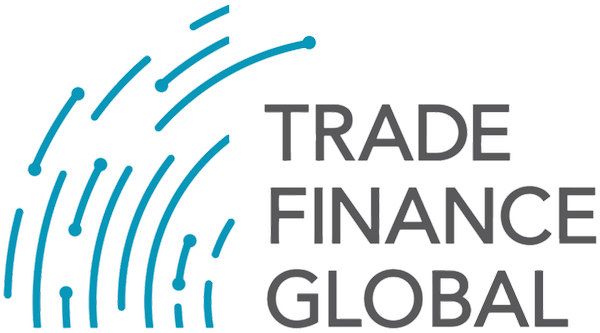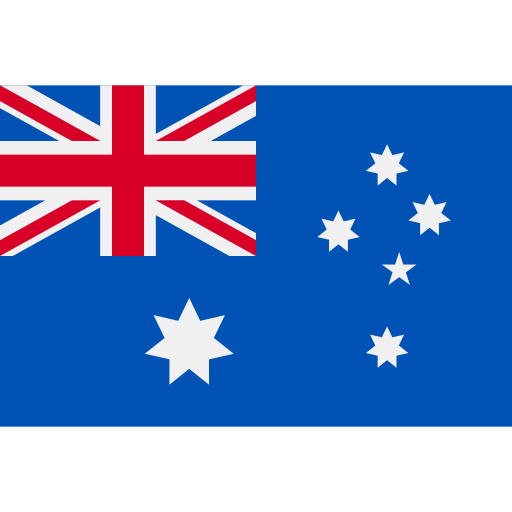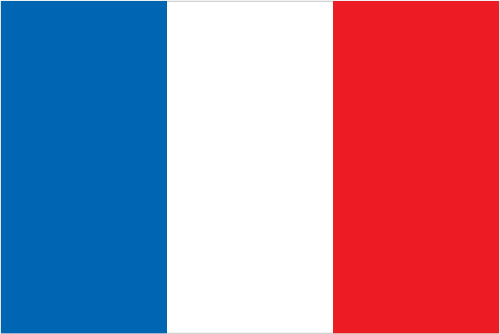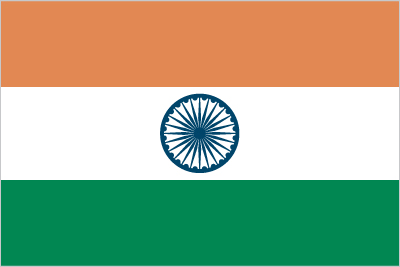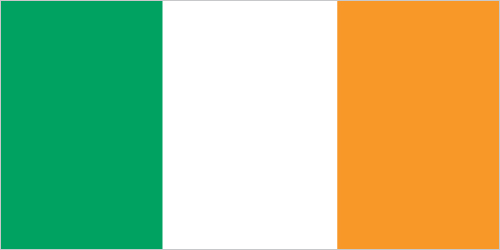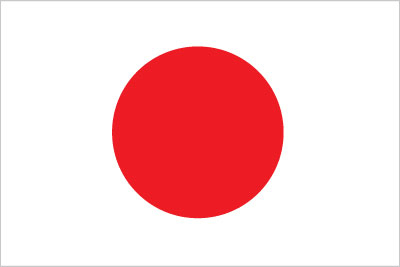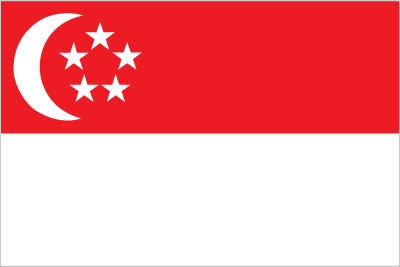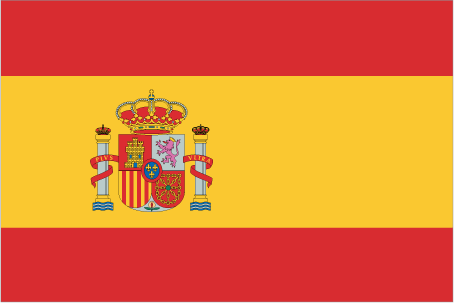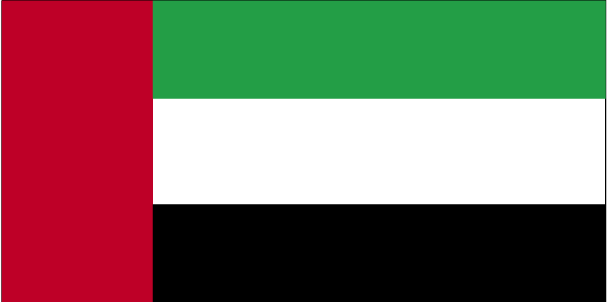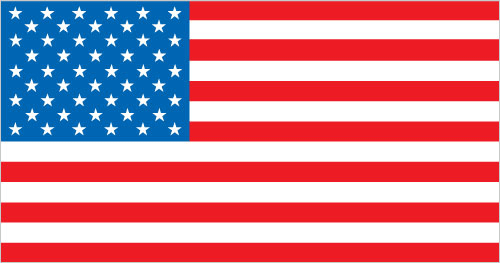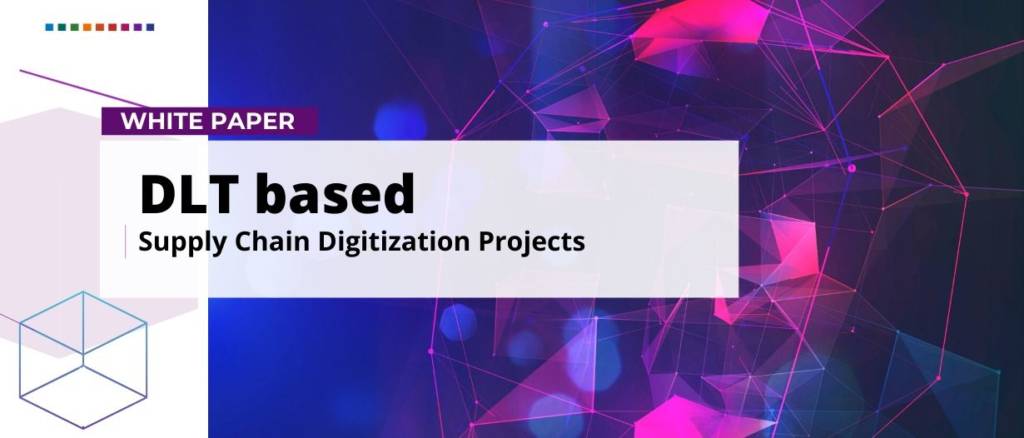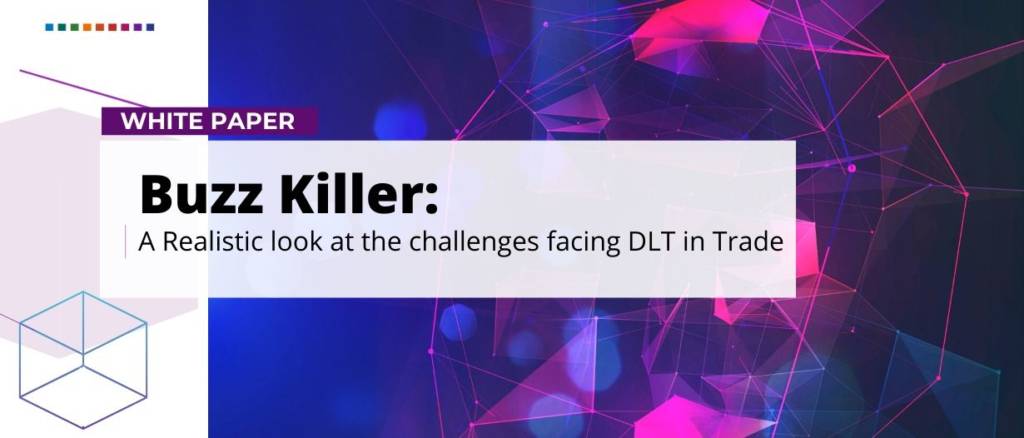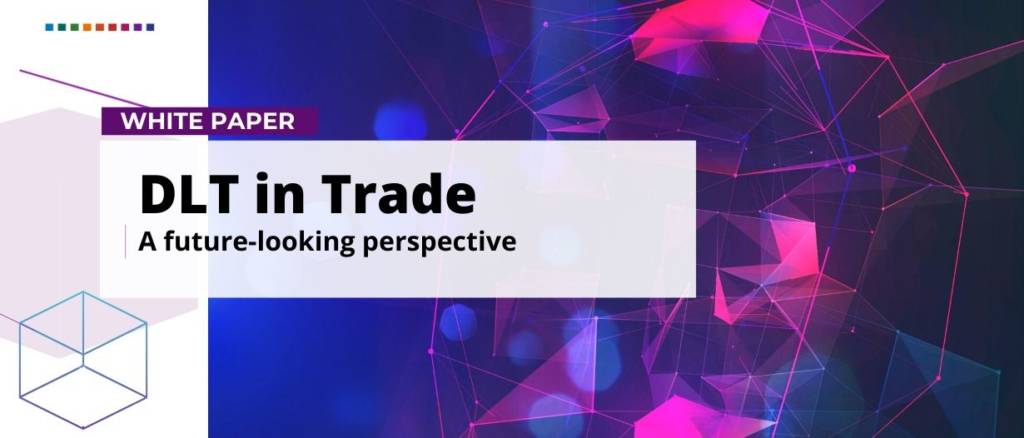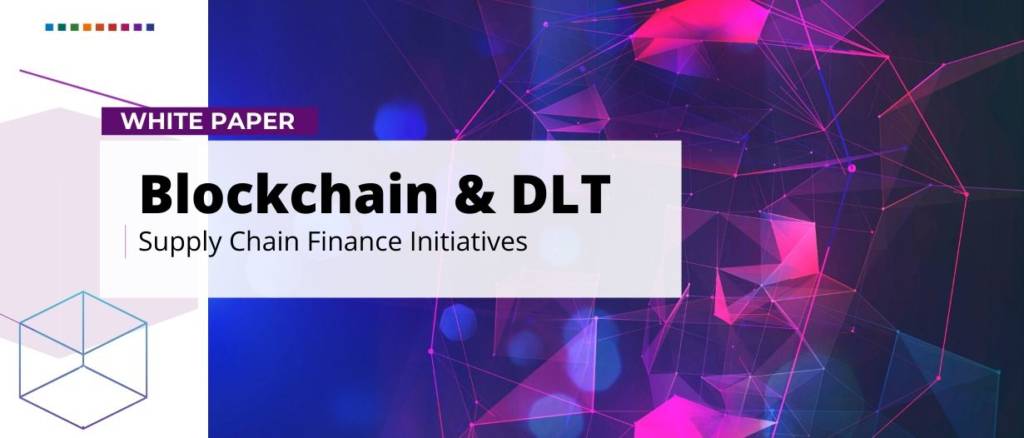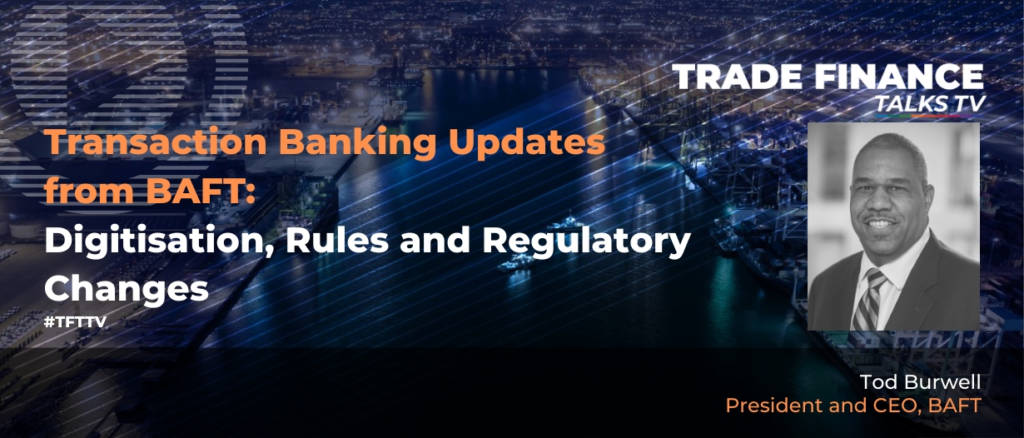The loose notion of a supply chain is as old as trade itself. To help modernize the concept and provide firms with greater transparency, efficiency, and traceability, several innovative projects… read more →
Letter of Credit Trade finance as a whole had been struggling to traverse the divide into the digital age until it got a boost from blockchain technology. The Letter of… read more →
While discussing the many opportunities that DLT has may inspire dreams of an Arcadian future, it is crucial to take a step away from utopia and understand the real problems… read more →
With opportunities in mind and challenges addressed, we are free to look ahead to what the experts believe the future of the industry has in store. According to our survey… read more →
HaloTrade Halotrade is a blockchain-enabled fintech startup focused on the delivery of sustainable supply chain financing. Founded to help curb the issue of disengagement in supply chains, Halotrade creates a… read more →
Networks of networks are initiatives looking to harmonize the goals and efforts other varied initiatives. These projects are an excellent step towards standardizing the industry and bringing all players onto… read more →
Open Account financing is going through a period of rapid change, thanks to digital innovation and competition. Recognised as a safe and flexible way for financing the real economy, we caught up with Erik Timmermans, founder of WOA, and John Brehcist, at their annual convention, to discuss the hottest topics in receivables finance.
We caught up with the President of the Bankers Association for Finance and Trade (BAFT). We talked about the balance of human capital and technology in the international transaction banking, about the amendments of the funded master risk participation agreement and how trade-based money laundering can be eradicated.
TOKYO. October 18, 2019 — Sumitomo Mitsui Banking Corporation (“SMBC”, President and CEO: Makoto Takashima) and Mitsui & Co., Ltd. (“Mitsui & Co.”, President and Chief Executive Officer: Tatsuo Yasunaga)… read more →
We caught up with the Head of Trade Finance at Asian Development Bank, Steve Beck. We talked about the newly published Trade Finance Gaps, Growth, and Jobs Survey.
